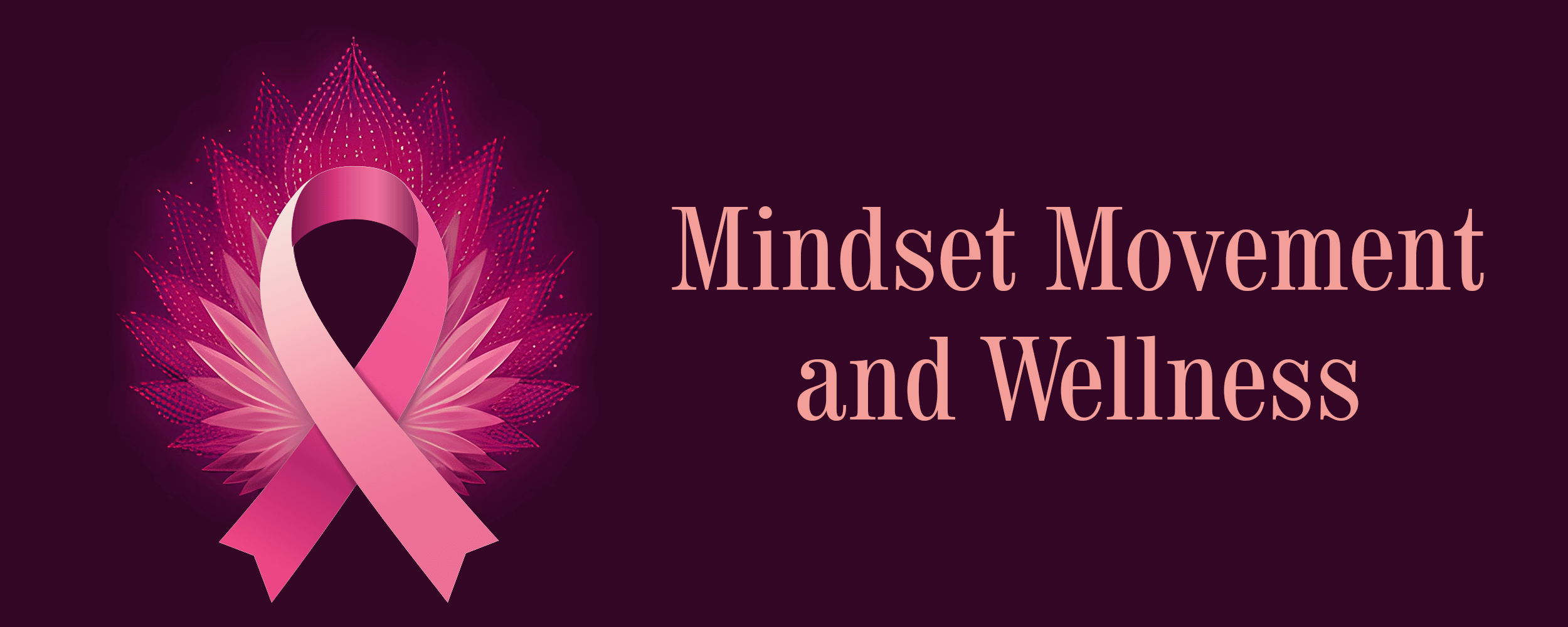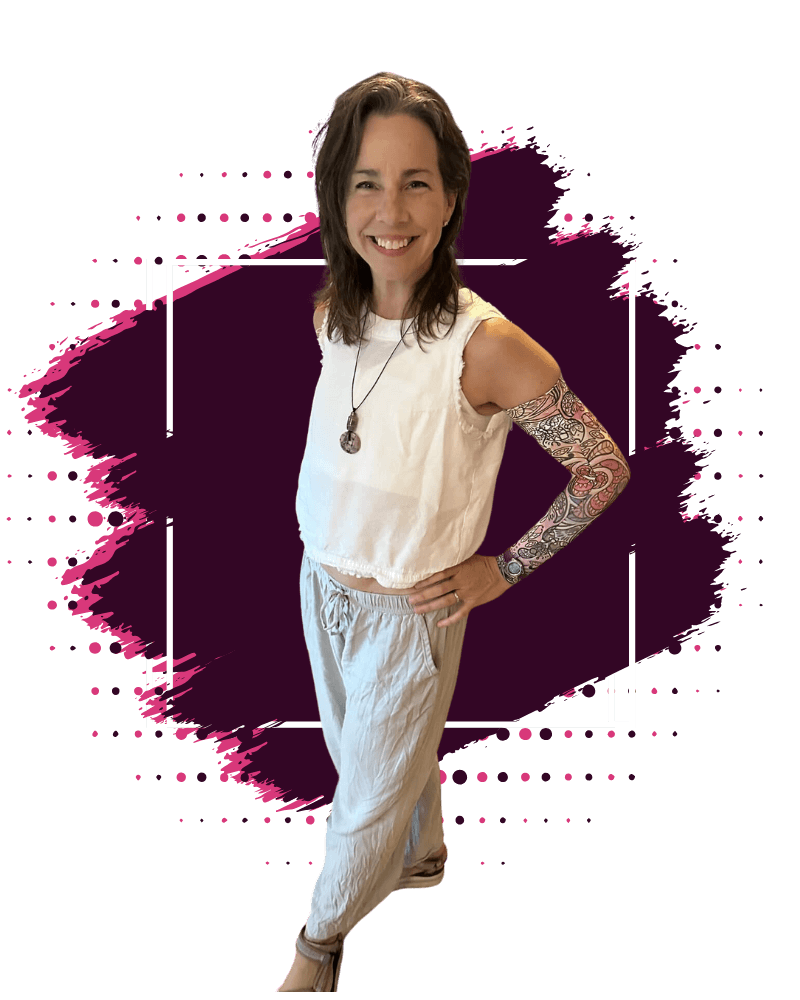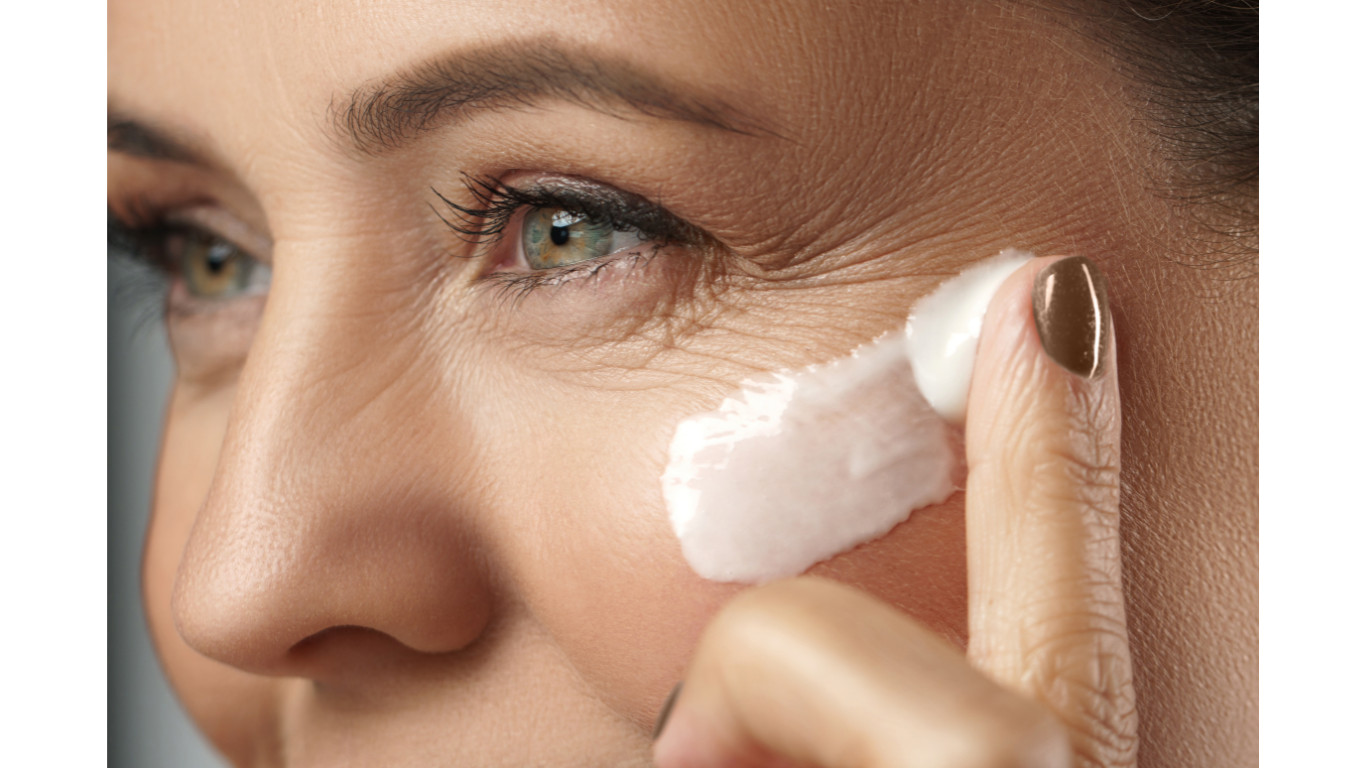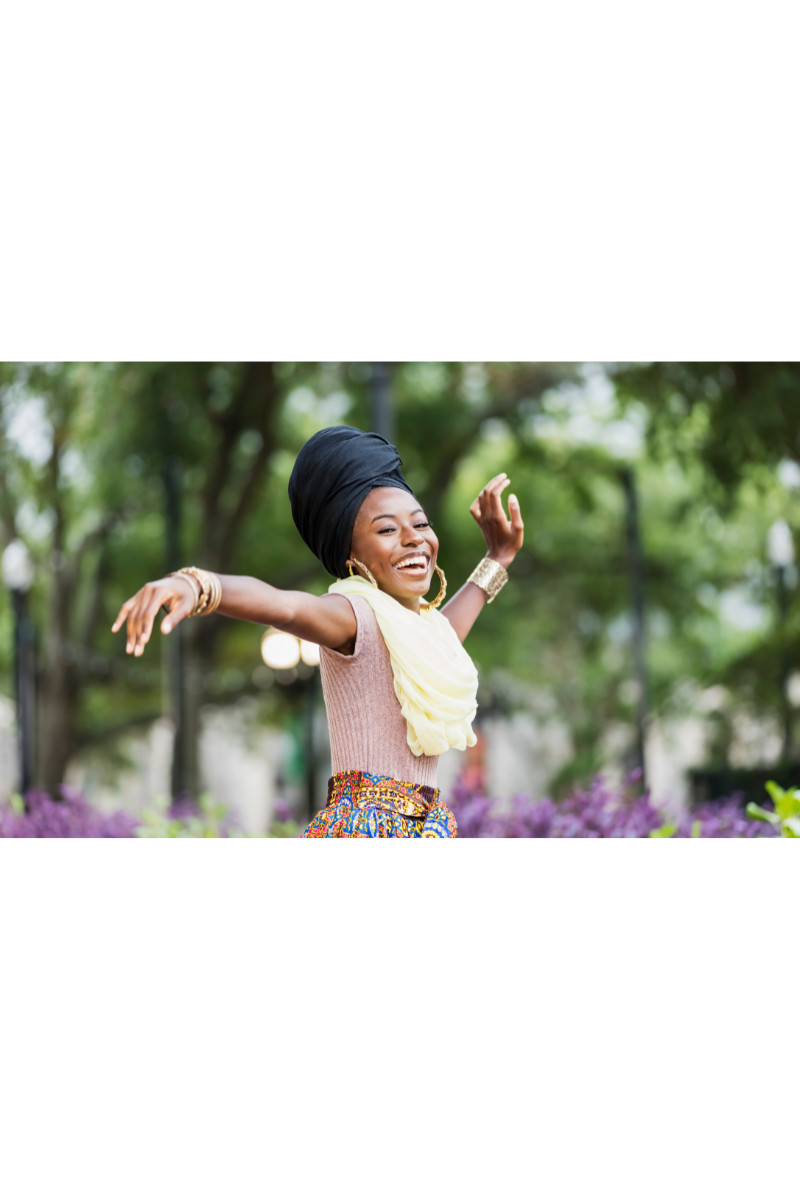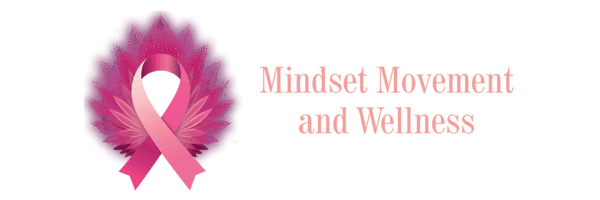
I’m a physical therapist. I’m also a breast cancer survivor.
And I’m going to say the quiet thing out loud: sex hurt—not aching, but burning.
And I’m going to say the quiet thing out loud: sex hurt—not aching, but burning.
If you’ve felt that hot, sandpapery sting when you try to be intimate, you’re not broken and you’re definitely not alone. Post-treatment hormone shifts (and some meds) can thin vaginal tissue, reduce natural lubrication, and make the pelvic floor brace defensively. The result for many of us? Dyspareunia—often described exactly like I felt it: burning.
What I tried first (and what I recommend as first-line)
As a clinician, I walk my talk. Before anything else, I did the non-hormonal basics that major guidelines recommend as first-line for survivors with genitourinary symptoms: high-quality vaginal moisturizers (not just lubricants), pH-balanced options, hyaluronic-acid gels, silicone and water-based lubes, breath-led pelvic floor relaxation, and paced graded exposure back to intimacy. These are the bedrock—and they should be where you start, too. Lippincott Williams & Wilkins+1
Why I purchased a Joylux
After months of doing all the above, I still had episodes of burning with penetration—less frequent, but stubborn. I decided to add Joylux (vFit) as a non-hormonal adjunct. It uses red-light (photobiomodulation), gentle heat, and sonic vibration. My clinical aim: support local circulation and tissue comfort while I continued pelvic floor reintegration and moisturizers. (To be clear, this is not a substitute for PT or medical care; it’s one tool in a larger plan.)
I look forward to reporting back on the change. I just started using the joylux this week. It was awkward at first but nice that I was in my own bed and comfortable. You do feel the warmth and vibration of the device. I framed it as a new body experience and worked on relaxing my pelvic floor and breathing. My second session two days later was easier and more enjoyable than the first.
- The device pairs with your phone and the beginner program is 6 minutes a session every other day, progressing to 8 min and then 10 min for 6 weeks.
- Maintenance is once weekly.
- Devices like Joylux can help some people, but they’re not magic. They are part of the puzzle of wellness
The estrogen question: “Is vaginal estrogen safe after breast cancer?”
Short answer: often, yes—after non-hormonal options fail and with your oncology team in the loop.
Longer answer: Here’s the evidence I share with patients, in plain English.
Longer answer: Here’s the evidence I share with patients, in plain English.
- Guideline consensus (ACOG): Start with non-hormonal therapies. If symptoms persist, low-dose vaginal estrogen may be used in people with a history of estrogen-dependent breast cancer, including those on tamoxifen. For those on aromatase inhibitors (AIs), it can still be considered via shared decision-making with your oncologist. ACOG+2PubMed+2
- Large Danish cohort (JNCI 2022): In 8,461 women with early ER+ breast cancer, vaginal estrogen therapy (VET) wasn’t linked to higher recurrence or mortality overall. A subgroup on VET + AI showed higher recurrence risk (not mortality), which is why the oncology conversation matters. OUP Academic+1
- UK/Scottish cohorts (JAMA Oncology 2023/24): Across two population datasets, no increase in breast-cancer–specific mortality with VET (authors acknowledge the Danish AI signal but didn’t see a mortality increase). PMC+1
- 2024 review (AJOG): Pooled observational data suggest no increase in recurrence or mortality with VET overall; nuance remains around concurrent AI use. PubMed+1
- Broader GSM guidance (NAMS 2020): Local therapies are effective for genitourinary syndrome of menopause; in survivors, coordinate with oncology. ISSWSH+1
How I frame the decision with patients
- Earnest non-hormonal trial first (4–8 weeks): moisturizers (regularly), lubricant for sex, pelvic PT, dilators as needed. Lippincott Williams & Wilkins
- If you’re still dealing with burning, discuss low-dose VET (e.g., 10 µg estradiol tablets, low-dose ring/cream) with your oncology team—especially if you’re on an AI. ACOG
- Monitor and individualize: lowest effective dose; re-evaluate symptoms and goals.
Final takeaways (from a PT who’s been there)
- Burning with sex after breast cancer is common and treatable.
- Start non-hormonal, add a device like Joylux if it fits your plan, and consider low-dose vaginal estrogen with your oncology team if symptoms persist.
- Healing isn’t linear. Give yourself compassion, time, and a plan.
If you want a personalized plan (and someone who truly gets it), I’d love to help.
References
ACOG Clinical Consensus (2021): Non-hormonal first; low-dose VET may be used after shared decision-making (special nuance for AI users). ACOG+1
Danish cohort, JNCI (2022): No overall recurrence/mortality increase with VET; recurrence signal with VET+AI subgroup. OUP Academic+1
- AJOG review (2024): Observational data suggest no increased recurrence or mortality with VET overall. PubMed
NAMS GSM Position Statement (2020): Effective local therapies; coordinate care for survivors.
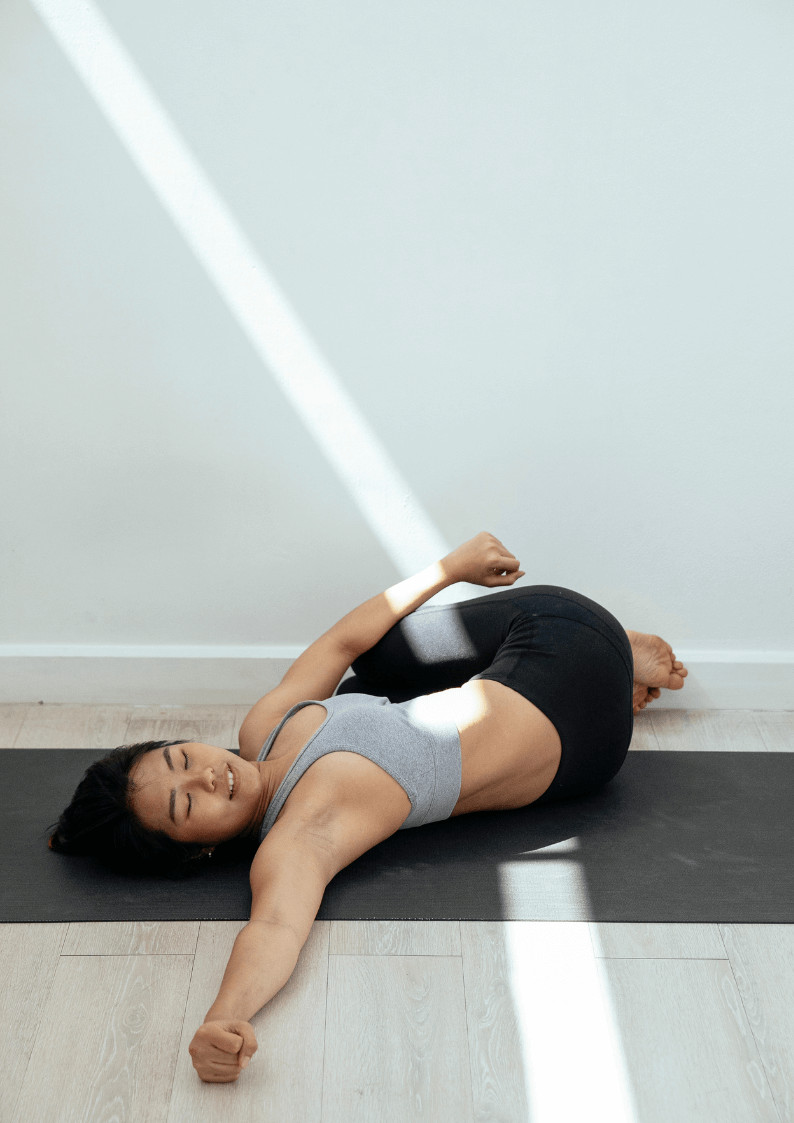
Intuitive healing is the practice of tapping into the body's own knowing and using the guidance from the body's feedback to heal. This is a practice of deep listening to the body. We, humans, are all healers. Our body's are built with the amazing capacity to regenerate cells. These cells can be in our brain or in our muscles and/organs, bones, every part of us can and does regenerate. After a large amputation like a mastectomy, my body spoke louder to me than it ever had before. By using meditation and mindfulness I was able to quiet my mind, which loves to problem solve but not always the current problems, and really listen to the information the body was providing. I noted that by flexing my ankle or my neck I would feel changes across my chest. The changes felt welcome, and informed next steps of healing which could be a rotation of the wrist or a depression of the pelvis, multiple joints away from my incisions.
Everyday, usually twice a day, I would lay down, listen to a sound bath meditation and tune into the body. I would move and send my breath to my tight spots and linger there. My body healing was during the fall season, I spent countless hours on my back deck breathing life into my body. After about 6 weeks I found myself in a resortative yoga class and realized that by getting into positions and holding/sinking into poses was deeply helpful for other body's as well.
As a physical therapist, my education of fascia, tissue healing and movement allowed me to trust my own knowing. I had been healing myself for years with cross friction massage to painful joints, corrective exercises to address assymetries, and stretching to improve tightness in my body, but after my amputation, the knowing was too loud to ignore and I knew I wanted to bring it to others. My dream is to empower my clients and anyone who will listen to tune into their own knowing and move their body to promote its full healing. Not just those after mastectomy but everyone with pain or discomfort in their body.

Chest tightness is one of the most common things women report post mastectomy. It is important to learn that stretching alone may not be enough. Over 60% of women report sensory changes after mastectomy, and 25-60% report chronic post mastectomy pain even years later. (Juhl et al., 2020; Andersen & Kehlet, 2011).
Superficial nerves may be cut, stretched or damaged during mastectomy. Many of us are left with decreased or absent sensation across our chests if we've had a mastectomy. There isn't much in the literature about sensory re-integration for the mastectomy patient but there is a large body of research available for other amputations.
If you look at the size of amputation of mastectomy there is no surprise that the feeling of tightness or even phantom limb pain, or more specifically phantom breast pain can exist.
The good news is that our brains and our bodies are neuroplastic, which means we can make new connections to attempt to minimize painful sensations and try to reintegrate normal sensory input.
Pulling from my knowledge of sensory reintegration, I would unwrap chest and expose my incisions to the air early on (day 3). I would lie on my bed for 5 minutes (or longer as I became less sensitive). The sensory feedback was definately distorted, my chest did NOT feel like my own. It was a bit scary at first but I focused on being curious about what I was feeling. I would actually speak to my body, I would tell it, "okay body that does feel different", but "it is not painful, just different". I would do deep breathing to full expand my chest from the inside which helped with central nervous system regulation.
This initial technique of just exposing to the air can then be expanded upon with gradual reintroduction of touch with different textures (cotton, silk, gentle vibration or tapping) to help the nervous system reinterpret non-threatening stimuli. Movement practices like yoga that incorporate breath and movement can also be beneficial (yoga was a big part of my healing!)
Sensory re-training is rarely mentioned in post mastectomy recovery, it is something that I am passionate about and quite curious about as well. I have noticed that even 10 months after my double mastectomy, if I am having a high stress day I do notice more chest tightness than on a day where I feel more relaxed. This is another interesting finding of how our brain and our cortisol or stress levels can impact our healing and change our body sensation.
Myofascial release and massage can help. You can do this on your own or seek out a skilled practitioner.
Do you have changes in sensation?
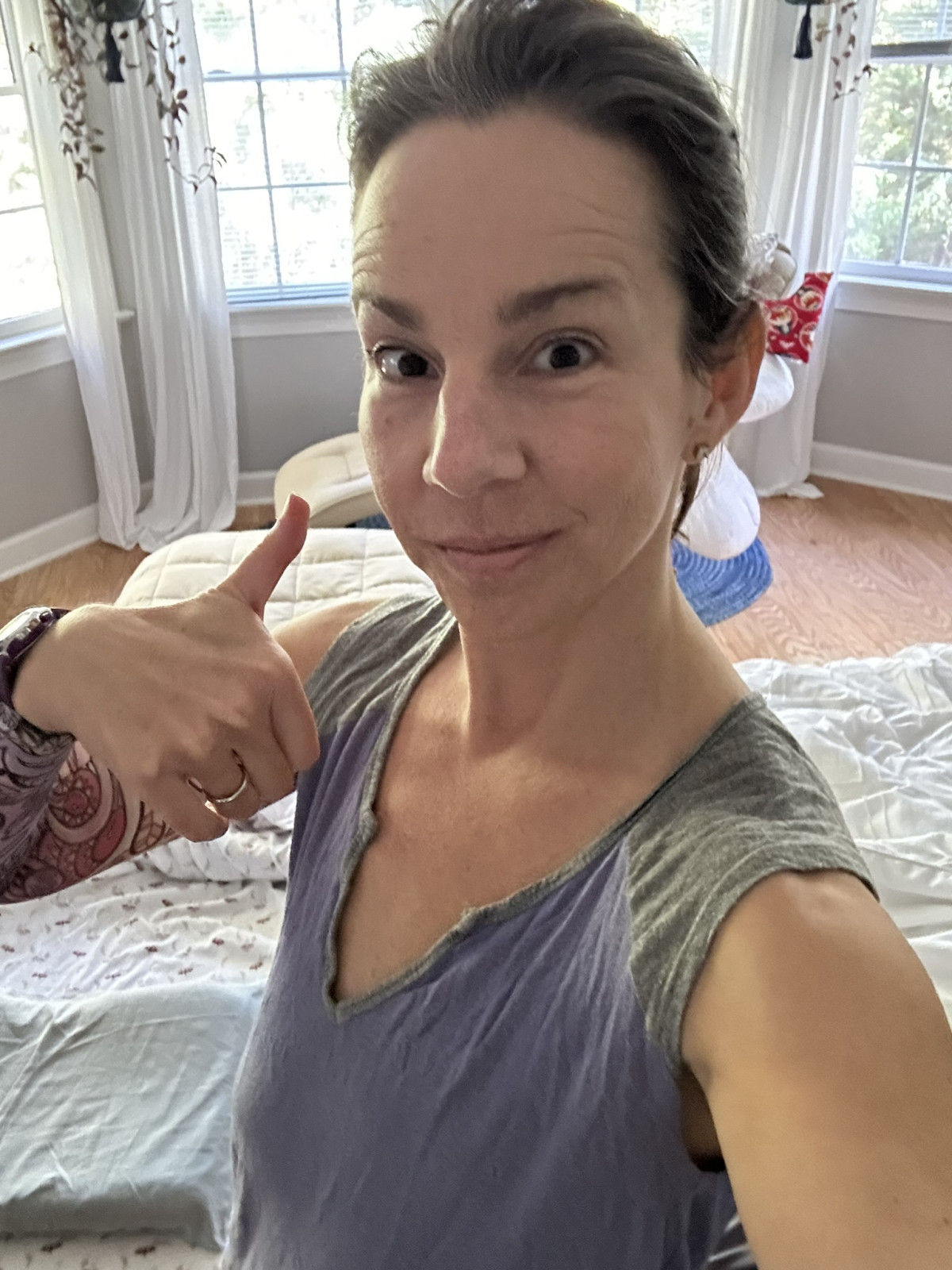
There is one person in particular who I trust the most in my life. She is me.
There is no one I believe to be more capable to problem solve, to ask for help, to research, than future Sophia. She's proven herself capable time and time again. So when a fear pops up, my essence (the observer) reminds me that I am in this present moment, where this fear doesn't exist. I remind myself that future Sophia will deal with whatever comes up. This allows me to dive into this present moment with more aliveness and fervor.
Be here now. Future You will solve any future problems that arise.
Enjoy this gift of the present moment.
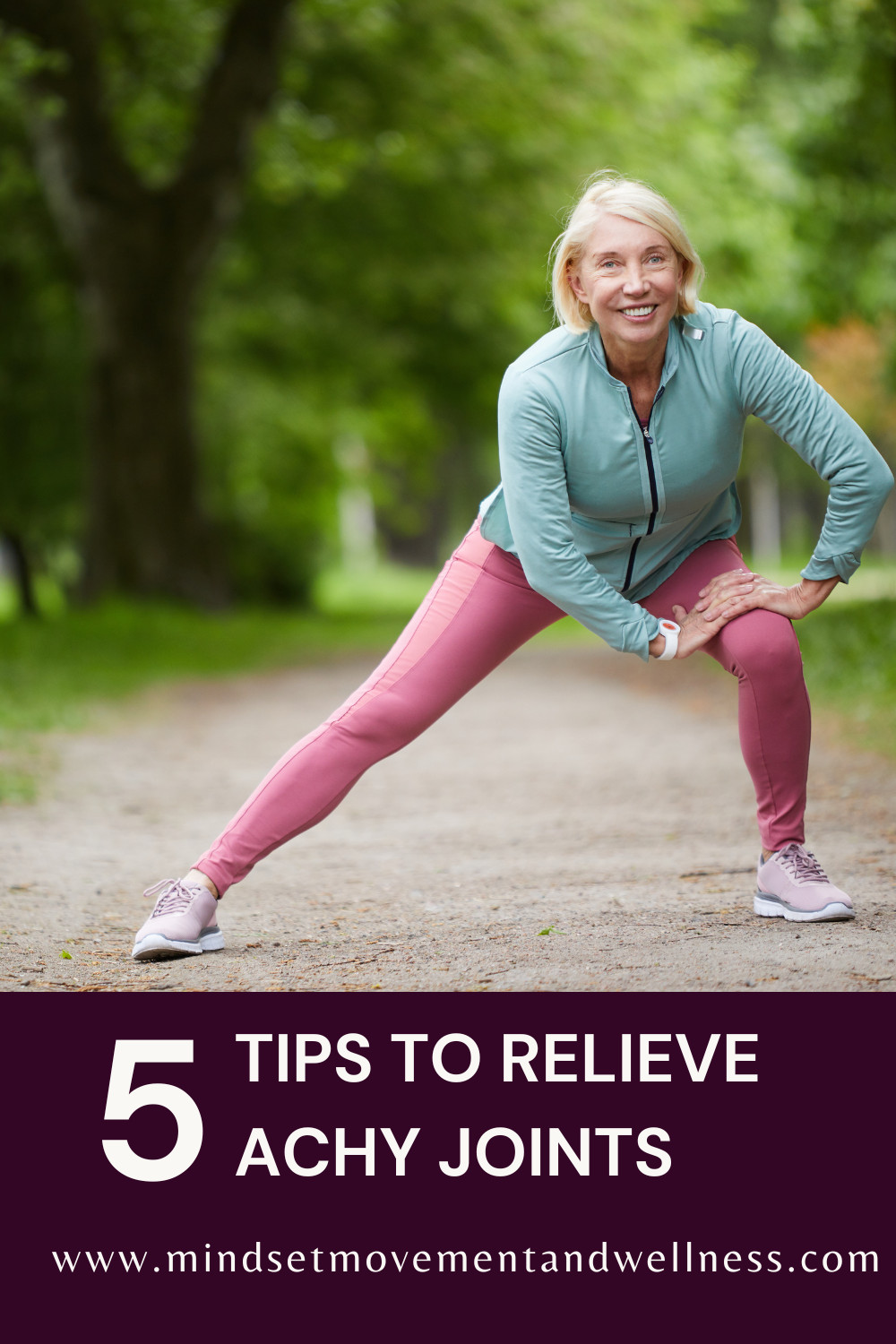
6 months without estrogen, the ache is starting to creep into my joints. When my feet hit the ground in the morning, my heels and tiny toe bones give a little squeal saying HEYYYY!!! My hips and back are a bit rounded and there is no more “popping” out of bed. I am thankful that I am able to alleviate the aches quickly. Here are my top 5 tips to combat morning stiffness.
- Stay hydrated! Drink water all day long. Herbal teas and water around the clock (hibiscus tea is a current favorite.
- Listen to your bones. I use this early morning moment to remember I have a body and that it needs a bit more waking up than she used to. Instead of becoming frustrated that I am achy I literally tell her “Good Morning body, I hear you” It makes it a bit more fun.
- Get moving and keep moving. If you can, frequent position changes all day long do help. The body is stiff in the morning because the synovial fluid, our joint lubrication, becomes more viscous (thickened) as we become still.
- Eat a diet rich in fruits and vegetables for vitamins and minerals critical for body and brain health.
- Yoga. Aligning my body and my breath has been helpful to keep my physical body limber and my mind engaged in the present moment. I do focus on the power in my body and the joy that it is here in the now. Still aging, still changing, just as she always has.

